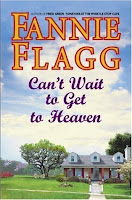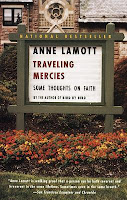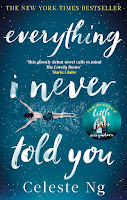After finishing my latest re-read of Malcolm Saville’s ‘Lone Pine’ series, I decided to revisit some of his other books in my collection. I have a fairly eclectic mixture and no other complete series, but I recalled liking the ‘Nettleford’ series when I was a child. I have three out of four of those, So I’ve just read the first in the series, ‘All Summer Through’.
I’d entirely forgotten what the book was about, and had no memory of the people in it. But they’re introduced i the first chapter, and - as is typical of Malcolm Saville - individual characters emerge quickly, as they interact with each other. Conversations are believable, and the first impression is of a normal, reasonably contented family. The father works in his own bookshop, the ‘Wise Owl’, and the family live upstairs. His wife helps sometimes, but typical of the era (the book was first published in 1951) looks after the house, the washing, the cooking, and the children.
Sally is the oldest child, and at just thirteen she’s beginning to develop a sense of responsibility. She’s a nice girl, and although she squabbles sometimes with her brother Paul (who is eleven) they’re fond of each other deep down. Their younger sister Veronica is six, and rather a spoiled princess; everyone around thinks she’s cute, and tells her so… and she plays up to them.
They get the news that their cousin Tony (who is 12) is coming to stay and they’re horrified as he looks down on them. His father is much wealthier, and he goes to a private school and lives in a bigger house. But he’s an only child and doesn’t see much of his parents although they buy him everything he wants. He doesn’t get off to a good start with them, convinced he’ll be bored out in the countryside, but Sally’s friend Liza befriends him, and slowly he becomes more human and by the end of the holiday learns to fit in better.
Sally, Paul, Liza and Paul’s friend Jimmy form a club at the start of the book - the ‘Owlers’ - with a secret code and plans to do various things, but this club doesn’t have anything like the importance of the Lone Pine club in the better-known series. They do things together, and there are some excitements through the holidays, but they’re the kind of children who would have done these things already. At first the idea of the club is to do something where Tony isn’t involved, but as he becomes acceptable - and accepted - it seems less relevant.
It’s intended for a younger audience than the Lone Pine series; with the oldest child only 13 and the youngest six it was probably intended for the 9-12 age group, although apparently I acquired the book just after I was 13. I think it could work quite well with children who like fairly mild adventure stories with no hint of fantasy, and some realistic characters. It would probably make a good read-aloud. There are some poignant moments - an adult friend who becomes ill, and an emergency with their mother. There’s a tense moment , too, when Veronica wanders off on her own and falls asleep, only to open her eyes and see a stranger… but although well-written, there’s nothing too scary.
Some might be shocked at the relish with which Paul collects worms and catches fish, or, more significantly, the way the children find it amusing when rabbits and rats become increasingly disturbed at harvest time, and then get shot. Only Veronica finds this upsetting, and her sensitivity is treated as rather sweet, but she’s only a little girl. However it’s probably realistic both for the time, and for children raised in the countryside, friendly with farmers.
It’s not the most exciting book, or one I’d necessarily want to read again, but it passed a few hours in undemanding reading, with characters who, even in this relatively short book, got under my skin. I’m looking forward to re-reading the two sequels that I have from my teenage years.
Long out of print, this is sometimes found inexpensively in charity shops, but used editions tend to be highly priced online.








